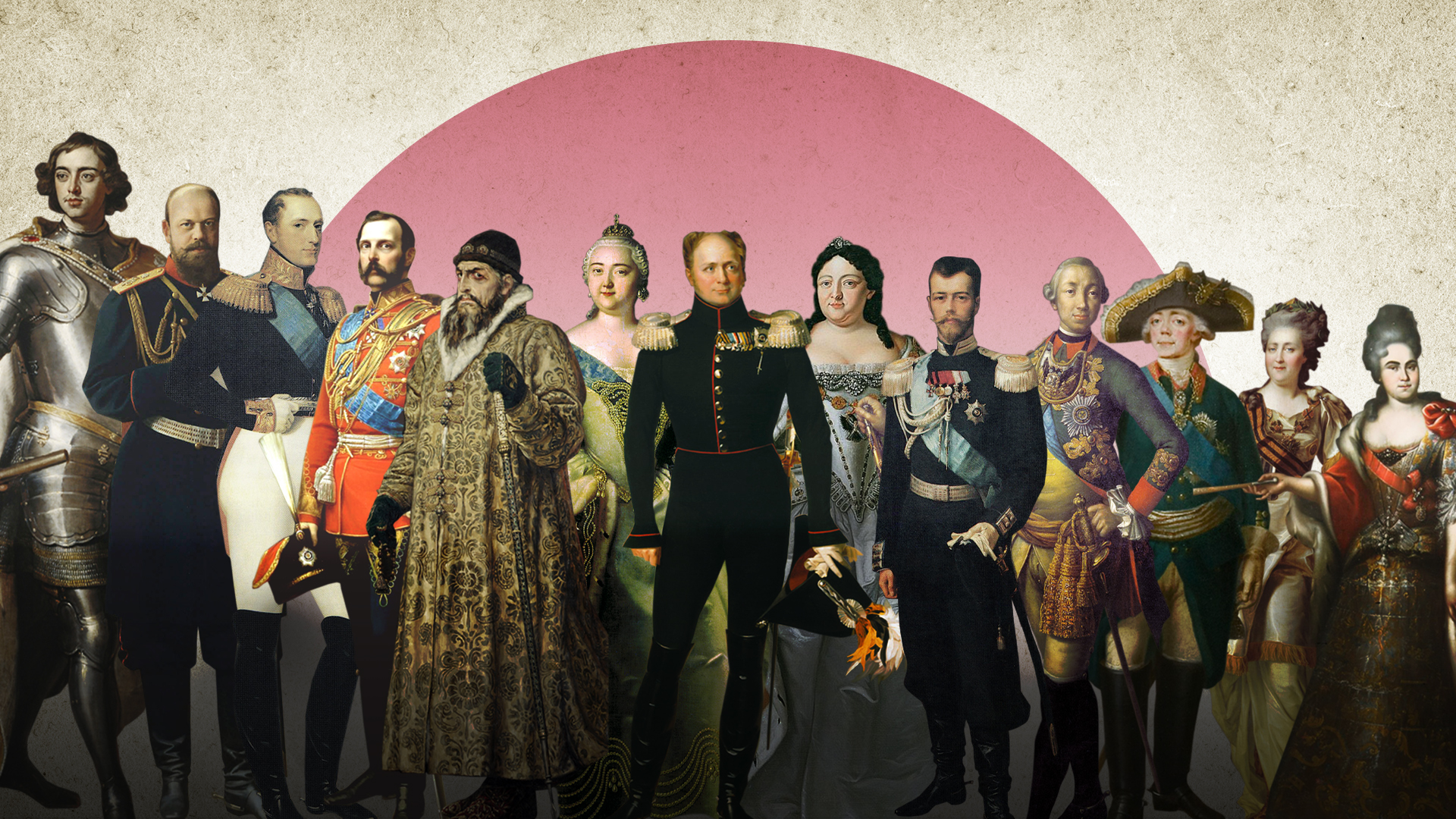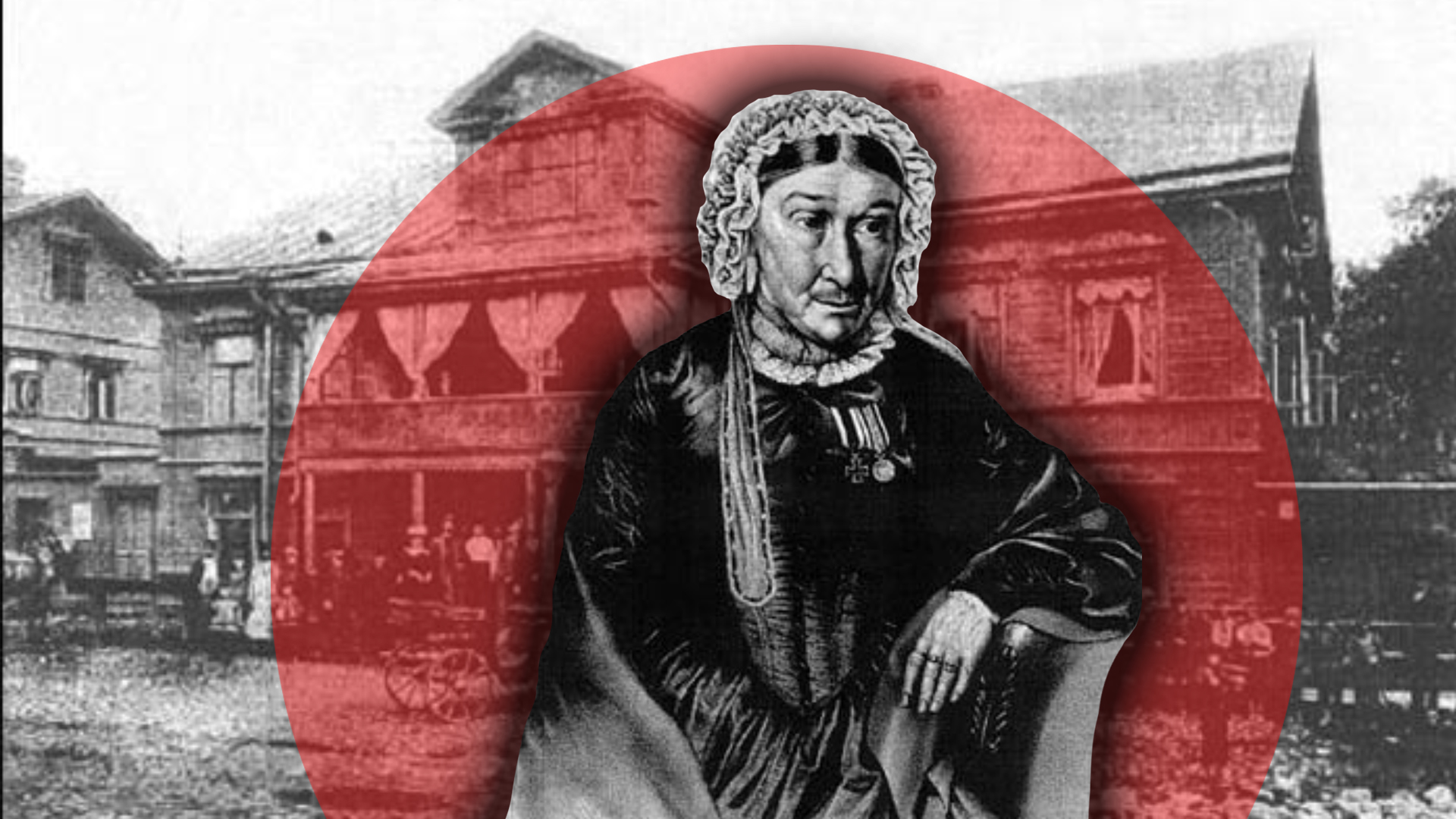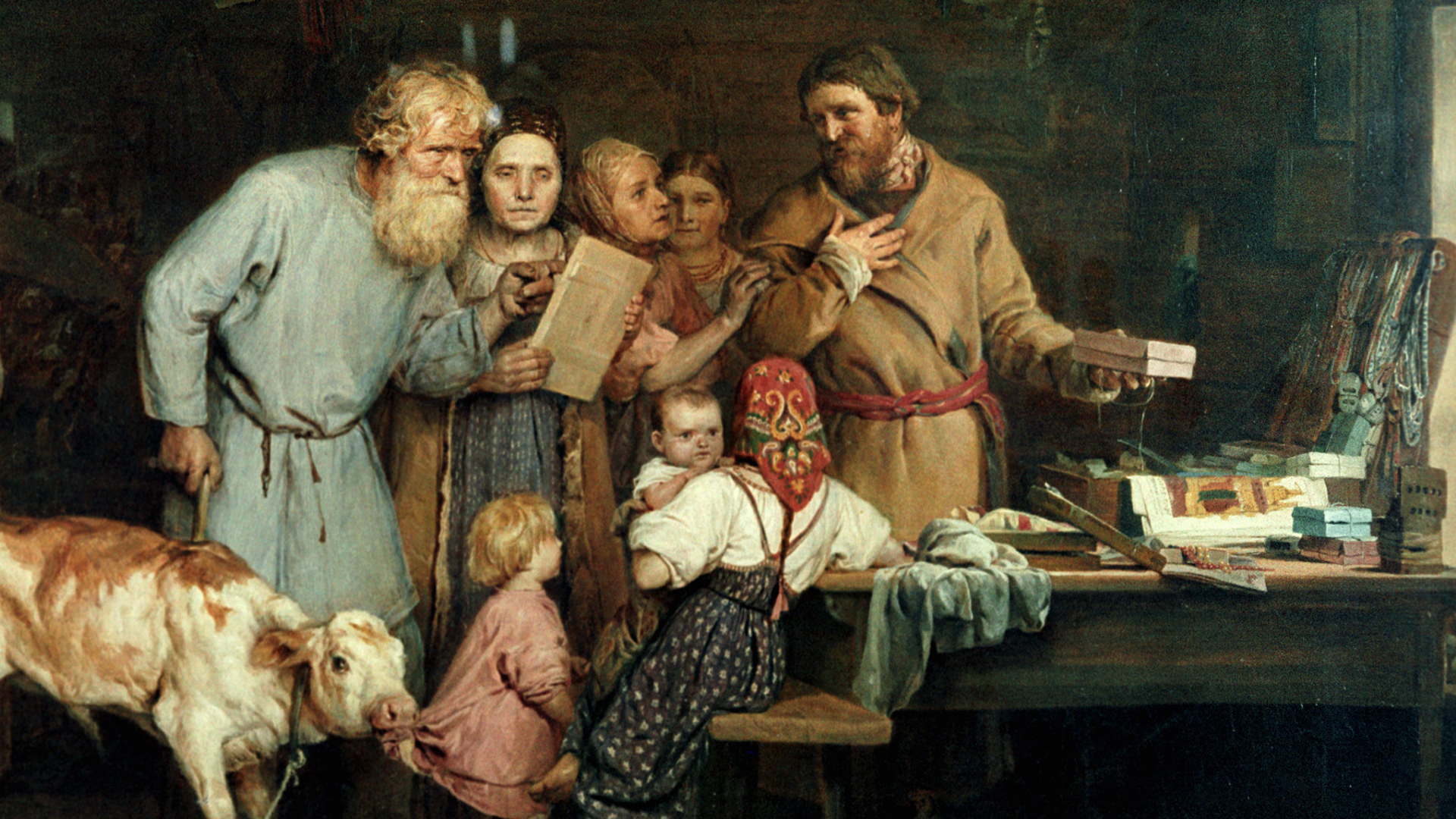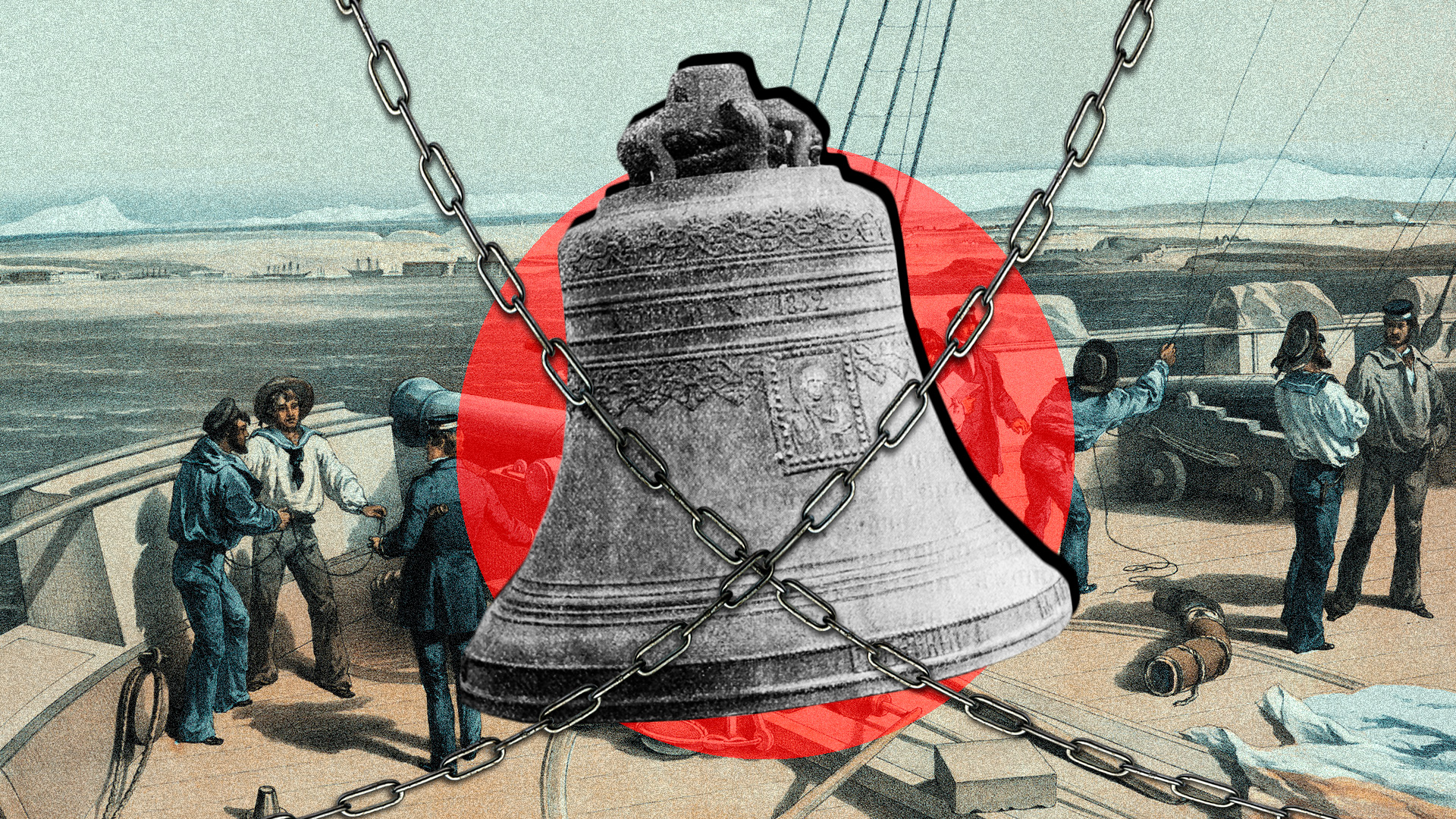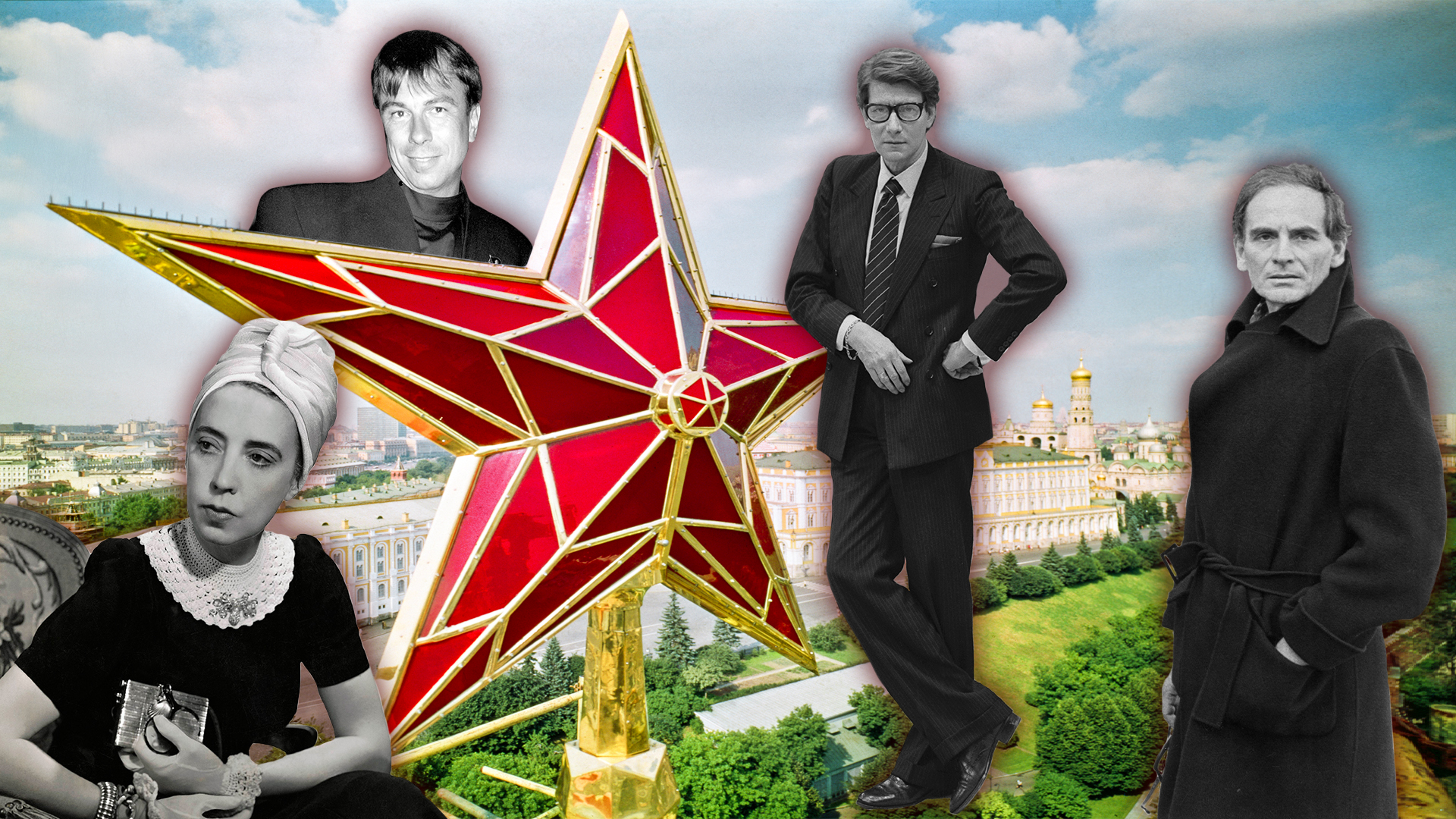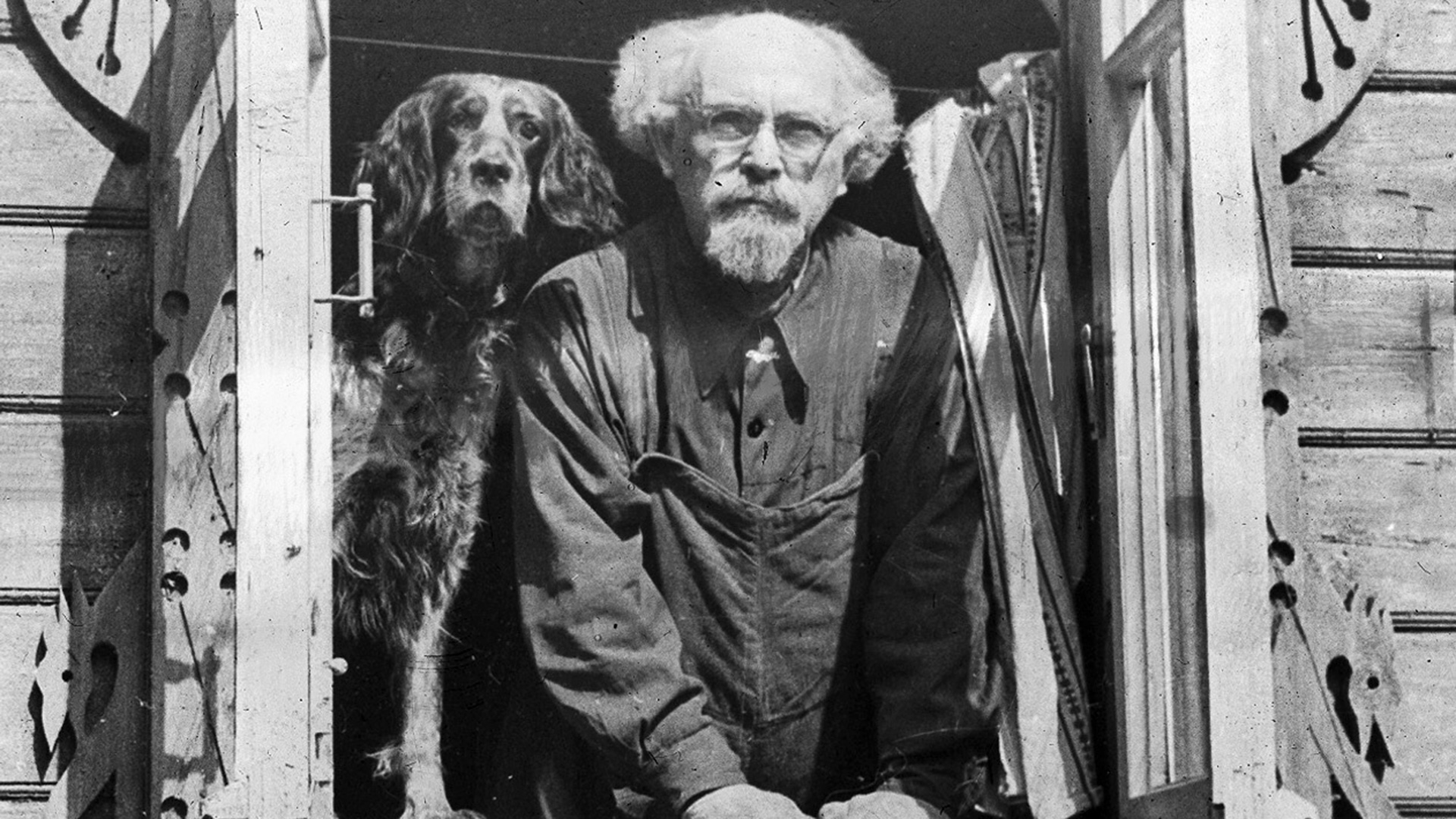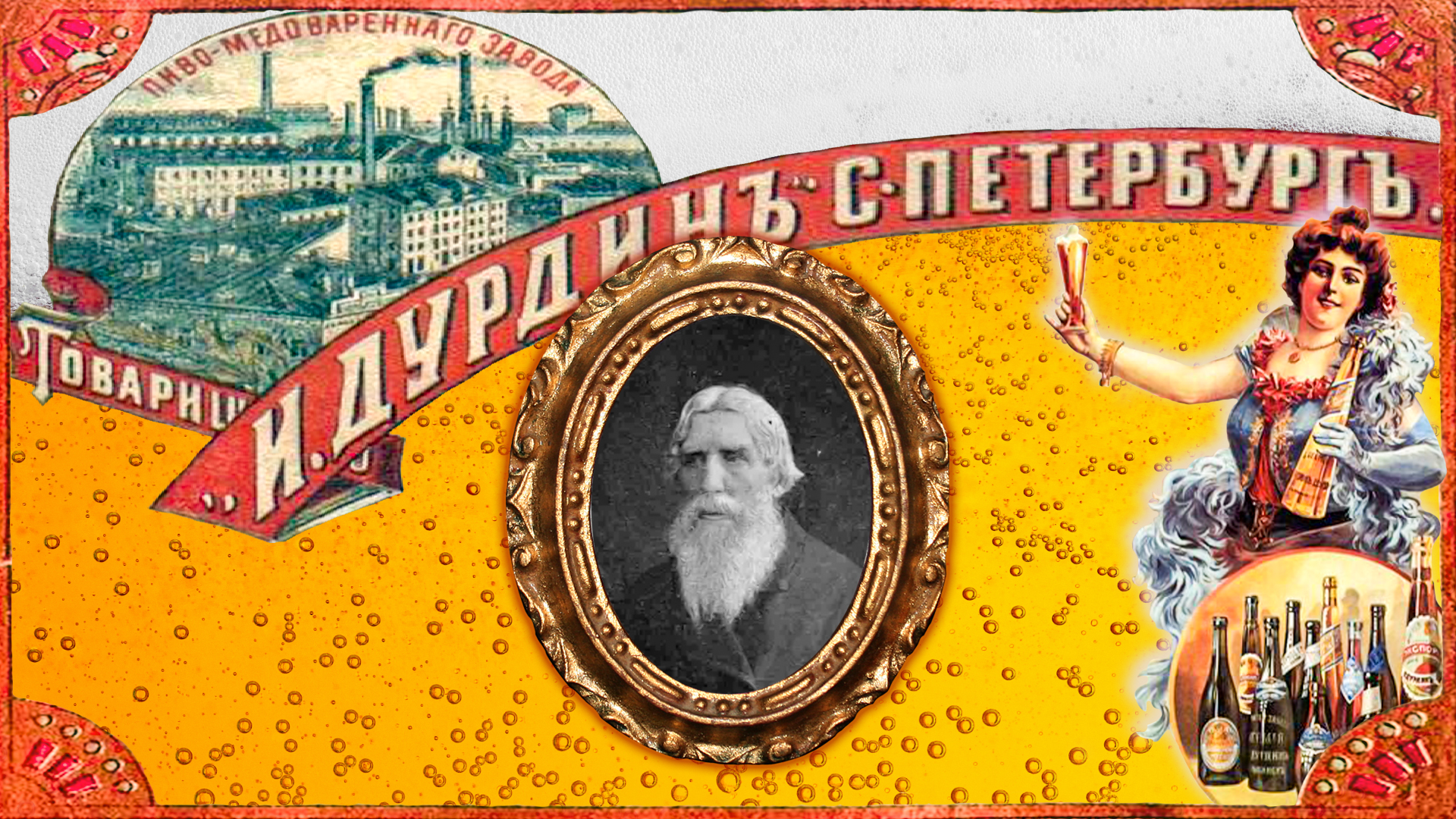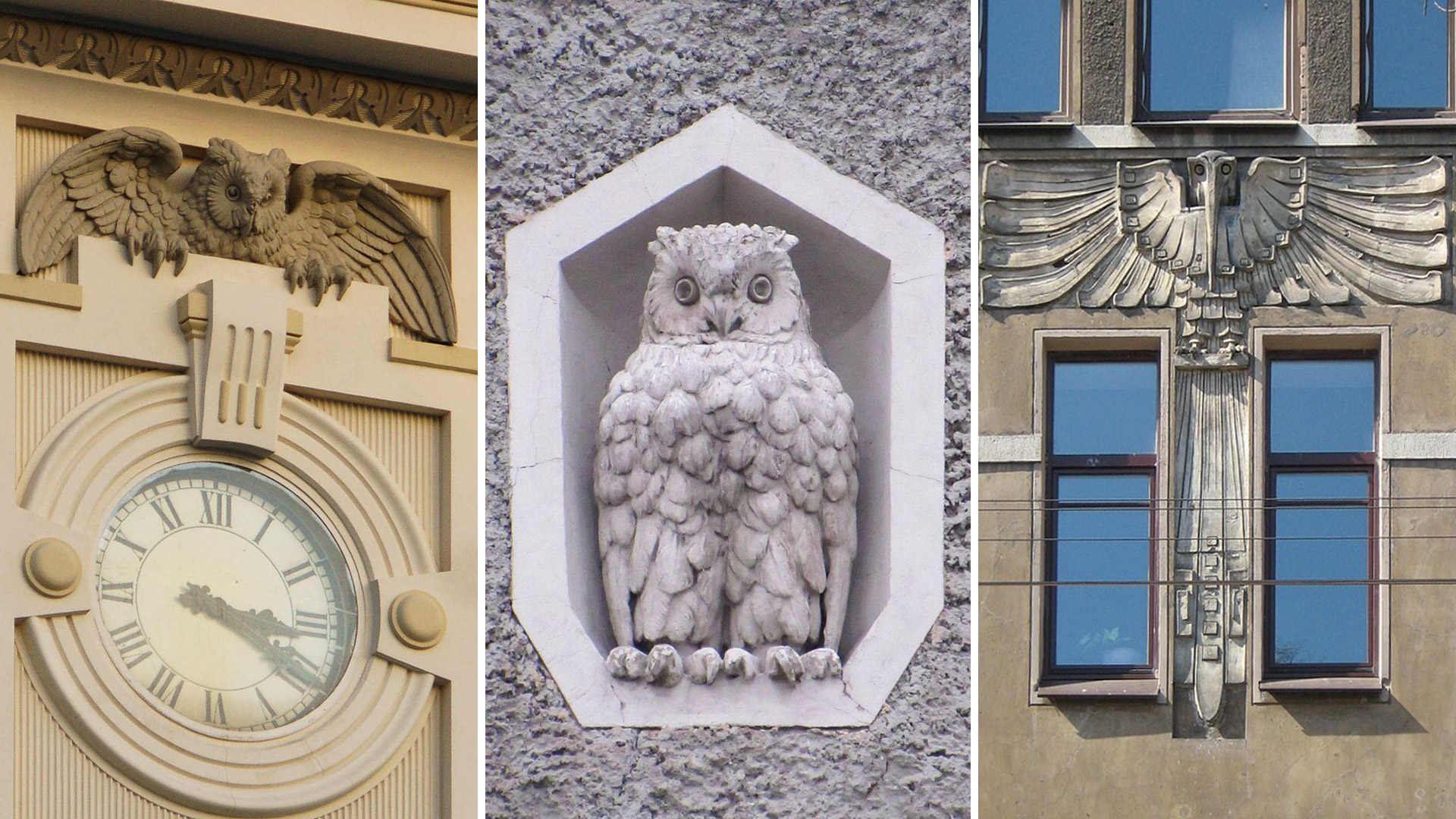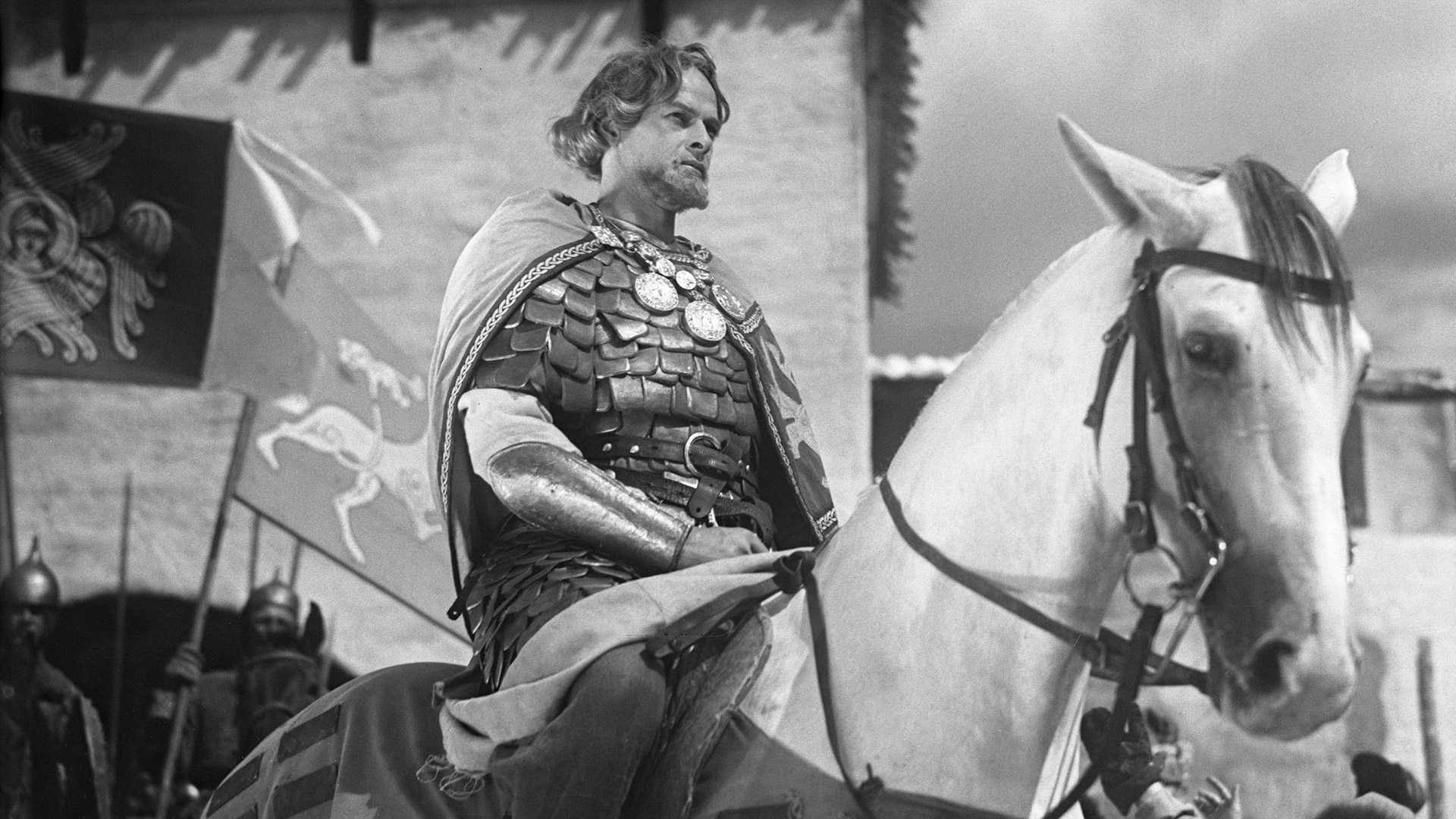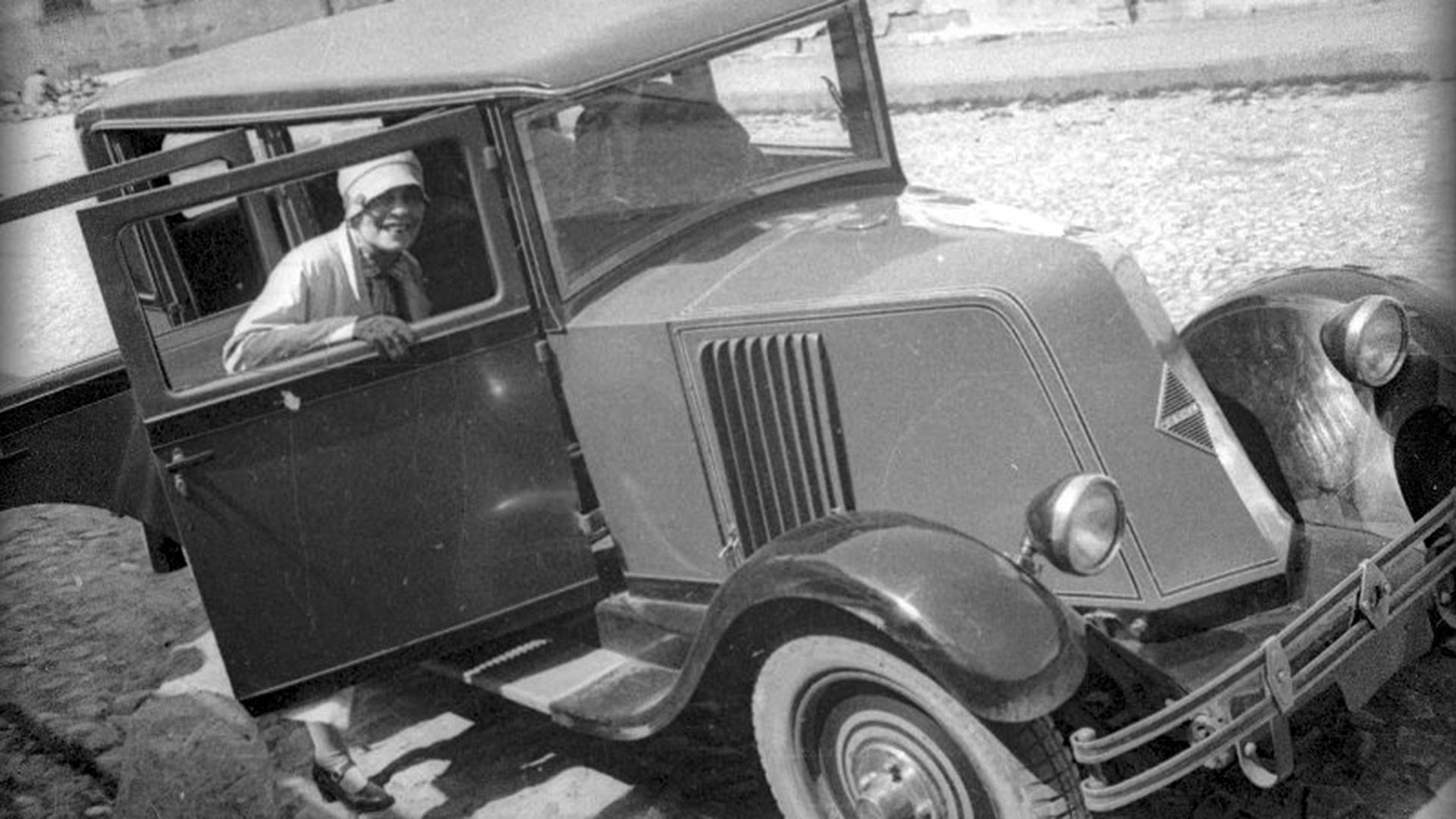
How the first railroad appeared in Russia

Austrian engineer Franz Anton von Gerstner, who had built the first railroad in Austria 10 years earlier, was responsible for the construction.

Initially, he proposed to Emperor Nicholas I to connect St. Petersburg and Moscow, but he was entrusted with only a small section – less than 30 km. The construction was financed by Count Alexander Bobrinsky, grandson of Catherine II.

During the trial run, the ‘Provorny’ steam locomotive reached a speed of 64 km/h, which seemed incredible for that time. Newspapers wrote that some spectators fell to the ground in fear when they saw the rushing train. The driver was Gerstner himself.

Although the Tsarskoe Selo Railway was originally designed for steam locomotives, the trains were pulled by horses for the first months. It was not until 1838 that the railroad switched completely to steam traction.

A trip took about 40 minutes and cost from 1.5 to 4 rubles, depending on the class of carriage. At that time, the salary of a worker was about 20 rubles, so only wealthy people could afford it.
Within a few years, the ‘Tsarskoselskaya’ railroad carried up to 700 passengers a day. Trains ran several times a day with an interval of 3-4 hours.

Soon, Russia began to actively develop railroad communication: In the early 1840s, a railroad between Vienna and Warsaw (back then, the Kingdom of Poland was part of the Russian Empire) and, in 1851, between Moscow and St. Petersburg.




